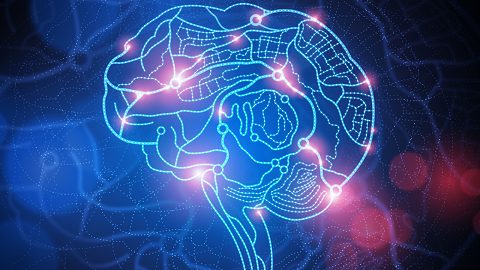
前述したように(上で言及したように)、事象を(一つに)集めて束にするもうひとつの方法(やり方)がある。この方法においては、ひとつの物(thing もの)の「現われ」である全ての事象を集める代わりに、ひとつの物理的場所における「現われ」であるところの全ての事象を集める。(そうして)ひとつの物理的場所における事象の全体を,私はひとつの「パースペクティブ(視野)」と名付ける(名付けている)。一定の時刻における私の知覚(percepts)の全体はひとつのパースペクティブ(視野)を形づくる(訳注:これは私的なもの)。機器(instruments 器具)がある一定の場所で記録することができる全ての事象の全体もひとつのパースペクティブ(視野)を形づくる。前の(第一の)(事象の)束ね方では、我々は太陽の多くの「現われ」から成る(一つの)束を得た。しかし(この)第二の方法(事象の束ね方)では、ひとつの束は、その場所から知覚しうる各々の「物」のそれぞれの「現われ」と結びついている太陽のただひとつの「現われ」を含んでいるだけである。(事象の)束をつくるこの第二のやり方は、特に心理学において適切なやり方である。ひとつのパースペクティブ(視野)は、それがたまたまひとつの脳内(特定の個人の脳内)で起こる時は(happen to be)、その脳の持主である人間の持つその瞬間の知覚(percept)の全てからなっているであろう。これらすべてのパーセプト(知覚)は、物理学の見地から言えばひとつの場所にあるが、当のパースペクティブ(視野)内では空間的諸関係があり、それにより(そのせいで) 、物理学にとってはひとつの場所であるものが、三次元の複合体となる(訳注:前述の理由からです。) ひとつの物(もの)について異なる人がもつ知覚(perceptions)の相違についての全ての難問(puzzles)、またひとつの物理的対象とそれの異なる場所における現われとの間にある因果関係についての難問、最後には(おそらくこれが最も重要であろうが)精神と物質との間の因果関係についての難問は、全てこの理論によって一掃される。それら難問は全て、与えられた知覚像に関係する三つの場所を区別しえなかったことによって引き起こされたものである。繰り返すと、その三つの場所とは、(1)物理的空間においてその「物(もの)」がある場所、(2)物理的空間において私のいる場所、(3)私のパースペクティブ(視野)の中で私のその知覚(像)(パーセプト)が他(者)の知覚(像)との関係において占める場所、(の3つ)である。
Chapter 9 The External World, n.8
There is, as I remarked above, another way of collecting events into bundles. In this way, instead of collecting all the events which are appearances of one thing, we collect all the events which are appearances at one physical place. The whole of the events at one physical place, I call a ‘perspective’, ‘the total of my percepts at a given time constitutes one perspective. So does the total of all the events that instruments could record at a given place. In our previous way of making bundles, we had a bundle consisting of many appearances of the sun. But, in this second way, one bundle contains only one appearance of the sun associated with one appearance of each ‘thing’ that is perceptible from that place. It is this second way of making bundles that is especially appropriate in psychology. One perspective, when it happens to be in a brain, will consist of all the momentary percepts of the man whose brain is concerned. All these, from the standpoint of physics, are in one place, but, within the perspective concerned, there are spatial relations in virtue of which what was for physics one place becomes a three-dimensional complex. All the puzzles about the differences between different people’s perceptions of one thing, and about the causal relation between a physical thing and its appearances at different places, and, finally (perhaps most important of all), between mind and matter, are cleared away by this theory. The puzzles have all been caused by failure to distinguish the three places associated with any given percept which are (I repeat): (1) the place in physical space where the ‘thing’ is; (2) the place in physical space where I am; (3) the place in my perspective which my percept occupies in relation to other percepts.
Source: My Philosophical Development, chap. 9:1959.
More info.:https://russell-j.com/beginner/BR_MPD_09-080.HTM
